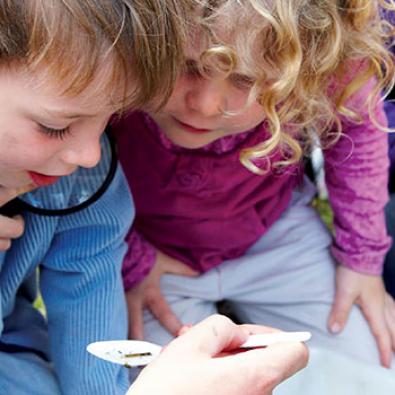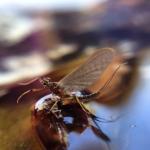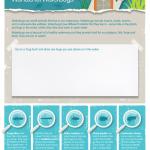This lesson plan focuses on developing an understanding of waterbugs and how they live. There is a strong focus on working scientifically as students make observations and identify the key features and characteristics of waterbugs.
Aquatic macroinvertebrates (waterbugs) tell us a lot about water quality through their known sensitivities and tolerances to pollution and disturbance. Students, as citizen scientists, can begin to understand the role scientists play in monitoring animals in our environment: observing them to learn how the place they live, the food they eat and their anatomy all contribute to their survival.
Download the lesson plan
This lesson plan contains modules explicitly linked to the Victorian Curriculum.
Activities
Activity 1: What are waterbugs?
Students explore the features of waterbugs and where they live.
Activity 2: Hunting waterbugs
Students investigate the features and behaviour of waterbugs found in a local waterway.
Activity 3: How do waterbugs live?
Students discuss what they found out about the waterbugs and explore how waterbugs live.
Activity 4: Where are the waterbugs?
Students explore a scenario about a river then play a game to discover why the waterbugs are disappearing.
Victorian curriculum links
- VCSSU041: People use science in their daily lives
Science > Science understanding > Science as a human endeavour - VCSSU042: Living things have a variety of external features and live in different places where their basic needs, including food, water and shelter, are met
Science > Science understanding > Biological sciences - VCSSU043: Living things grow, change and have offspring similar to themselves
Science > Science understanding > Biological sciences
Resources
Waterbug census
Waterbugs let us know how healthy our water is, and you can too. By joining the Waterbug Census and monitoring your local macroinvertebrates, you’ll help us check the health of our rivers and creeks.
Activity and colouring sheets
Download waterbug colouring and activity sheets, and more.


